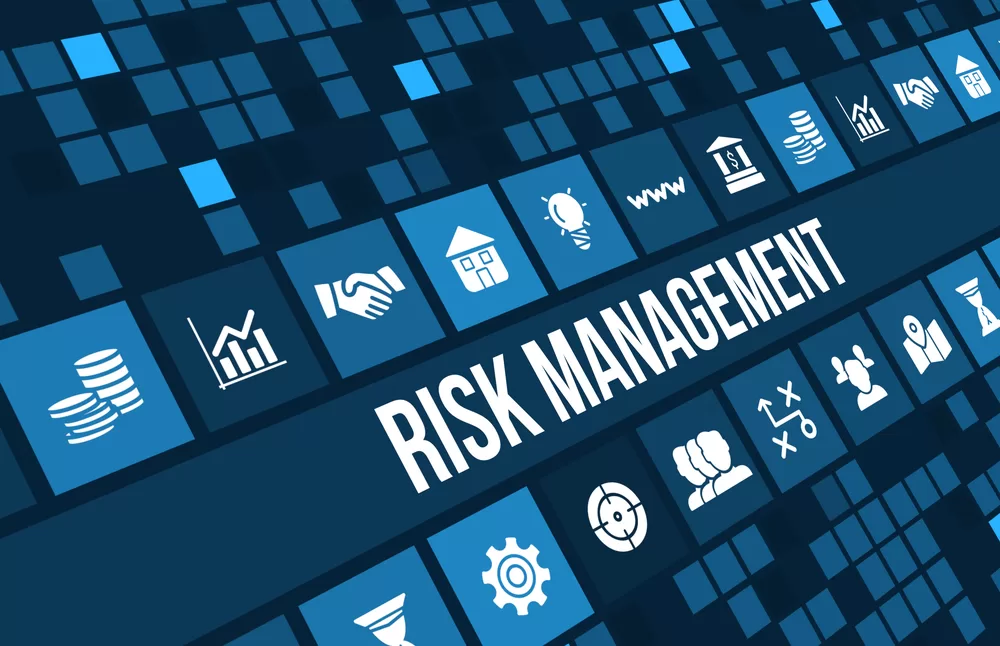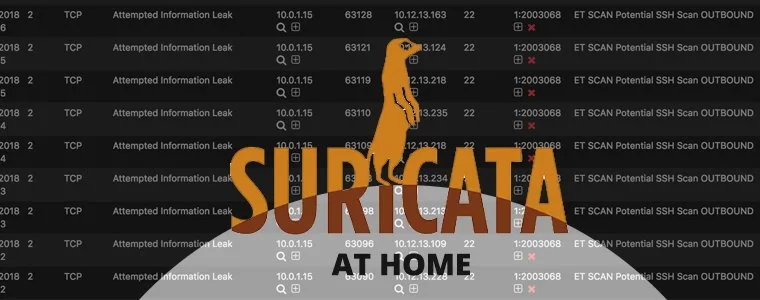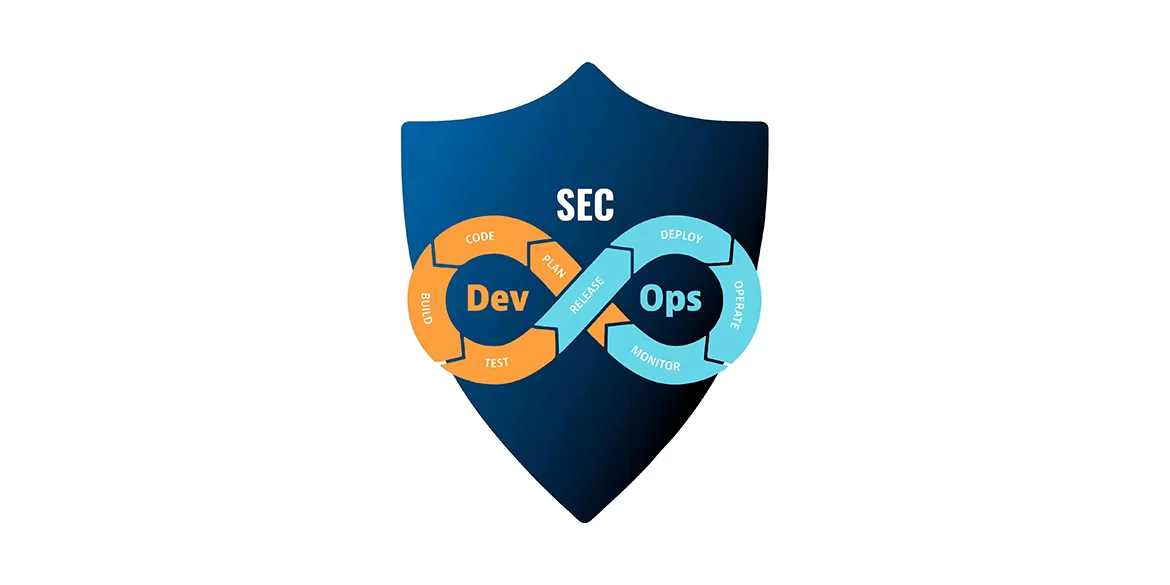Cybersecurity Assessment Strengthen your defenses, find gaps, and receive actionable advice for improvement with a Cyber Risk Assessment
Cyber Risk Assessment Services Overview
A risk assessment enables your organization to identify the information systems and resources that could be impacted by cybersecurity attacks, insider threats, data breaches, and other risks. Engaging a third party to review your policies, compliance requirements, critical IT assets, controls, and mitigation strategies provides a more comprehensive understanding of your risks.
Once identified, these risks can be properly documented and addressed within a cybersecurity policy framework, using controls to eliminate or reduce each risk. Risk assessments are crucial components of larger compliance initiatives, ensuring that your IT environments, processes, and procedures meet specific conditions or requirements.
Identify areas of business risk
Identifying and documenting known areas of risk is essential for selecting the appropriate controls and mitigation strategies to protect critical IT assets and sensitive data.
Meet compliance requirements
Risk assessments are an essential part of many regulatory compliance requirements.
Lower Your Risk
Documenting and continually revisiting risks ensures that time and resources are allocated to the right priorities, reducing the likelihood of disruptions and negative impacts on your organization.
Collaborate with our specialists to evaluate your existing security stance and gain valuable insights into your organization's cybersecurity landscape. Together, we'll identify and prioritize key enhancements that will have the most significant impact on bolstering your defenses against cyber threats. Whether you're starting from scratch or seeking strategic direction to elevate your security posture, our team is dedicated to guiding you through the process of crafting a top-tier cybersecurity program tailored to your unique needs and challenges.
Establishing the groundwork for robust cybersecurity is essential in today's interconnected world. Our comprehensive approach encompasses the development of policies, protocols, benchmarks, workflows, staffing plans, and strategic blueprints designed to propel your security initiative towards triumph. By laying this strong foundation, you'll be better equipped to navigate the complexities of cybersecurity and mitigate potential risks effectively.

As part of our Cyber Risk Assessment, we'll work with you to uncover and rank security vulnerabilities throughout your organization. By conducting a thorough examination, we'll pinpoint areas of weakness that require immediate attention and prioritize them accordingly. Armed with this knowledge, we'll collaborate with you to craft a strategic roadmap spanning 1, 3, or 5 years to steer your security program towards success. This proactive approach enables you to concentrate on your core business objectives while ensuring that your cybersecurity efforts are aligned with your long-term goals and priorities.
Through VDA Labs' Cyber Risk Assessment, we facilitate a comparison between your current and desired security controls, pinpoint risks and vulnerabilities, and craft a roadmap for enhancement. This assessment unveils the strengths, weaknesses, and opportunities within your cybersecurity program, empowering stakeholders to grasp the threat landscape and mitigate risks effectively.
Regardless of where you are on your cybersecurity path, addressing and mitigating gaps is paramount for bolstering your security measures. A cybersecurity assessment provides expert-driven insights to navigate your next steps, addressing pivotal questions such as:
Security is an ongoing endeavor necessitating a multi-layered approach. This not only includes risk assessment, but also proactive security measures, incident response planning, and regular penetration testing.
Benefits of a Cyber Risk Assessment
Reasons to Choose VDA Labs for Cyber Risk Assessment
Cyber threats pose significant risks to organizations of all sizes, from data breaches and ransomware attacks to insider threats and social engineering scams. Without a comprehensive understanding of your organization's vulnerabilities and exposure to cyber risks, you may be vulnerable to costly breaches and disruptions. Here's why VDA Labs is your trusted partner in Cyber Risk Assessment:
Enhanced Security Posture
By conducting a comprehensive assessment, organizations can gain a better understanding of their current security posture, identify vulnerabilities, and prioritize areas for improvement. This enables them to strengthen their defenses against potential cyber threats.
Risk Prioritization
The assessment helps organizations identify and prioritize risks based on their potential impact on business operations and data security. This allows them to allocate resources more effectively and focus on mitigating the most critical risks first.
Regulatory Compliance
Many industries are subject to regulatory requirements regarding data security and privacy. A Cybersecurity Risk Assessment helps organizations ensure compliance with relevant regulations and standards, reducing the risk of penalties and fines for non-compliance.
Cost Savings
Proactively addressing security risks through a risk assessment can help organizations avoid costly data breaches and cyberattacks. By identifying and mitigating vulnerabilities early on, they can minimize the financial impact of security incidents.
Improved Decision-Making
A thorough understanding of cybersecurity risks enables organizations to make more informed decisions about security investments and strategies. This ensures that resources are allocated to areas with the greatest potential impact on security and risk reduction.
Stakeholder Confidence
Demonstrating a commitment to cybersecurity through regular risk assessments can enhance stakeholder confidence, including customers, partners, investors, and regulatory authorities. It shows that the organization takes data security seriously and is proactive in addressing potential threats.
Overall, a Cybersecurity Risk Assessment is a valuable tool for organizations seeking to proactively manage cybersecurity risks, protect sensitive data, and maintain the trust of stakeholders.
Our Cyber Risk Assessment Process at VDA Labs
We provide multiple aspects of Cybersecurity Risk Assessment services that enable you to improve decision-making, optimize your IT investments, centralize visibility across your environment and align different functional teams to address similar goals.
Our unique approach to conducting a risk assessment includes:
-
1 Defining the Scope
- Before beginning the risk assessment process, it's crucial to clearly define the scope of the assessment. This involves determining the systems, assets, processes, and environments that will be included in the assessment. By defining the scope upfront, organizations can ensure that the assessment focuses on areas of greatest importance and relevance to their cybersecurity objectives.
-
2 Collecting and Reviewing Applicable Data
- The next step involves gathering relevant data and information related to the organization's cybersecurity posture. This may include documentation of existing security controls, incident reports, network diagrams, asset inventories, and other pertinent information. By thoroughly reviewing this data, organizations can gain insights into their current security practices and identify areas that require further examination.
-
3 Conducting a Qualitative, Semi-Quantitative, or Quantitative Scenario-Based Risk Analysis
- Risk analysis involves evaluating potential threats and vulnerabilities to determine their likelihood and potential impact on the organization. This analysis can take various forms, including qualitative assessments based on expert judgment, semi-quantitative assessments that assign numerical values to risk factors, or quantitative assessments that use mathematical models to calculate risk probabilities and consequences. Scenario-based risk analysis involves considering hypothetical scenarios to assess their potential impact on the organization's objectives.
-
4 Identifying and Documenting Potential Threats and Vulnerabilities
- During the risk assessment process, it's essential to identify and document potential threats and vulnerabilities that could pose risks to the organization's assets, systems, and data. This may include external threats such as malware, phishing attacks, and unauthorized access, as well as internal threats such as employee negligence or malicious insider activities.
-
5 Evaluating Your Current Security Controls
- Assessing the effectiveness of existing security controls is a critical aspect of the risk assessment process. This involves examining the organization's current security measures, such as access controls, encryption protocols, intrusion detection systems, and incident response procedures, to determine how well they address identified threats and vulnerabilities. By evaluating the strengths and weaknesses of these controls, organizations can identify areas for improvement and enhancement.
-
6 Determining the Likelihood and Potential Impact of Threat Occurrence
- Risk assessment involves estimating the likelihood of threats occurring and the potential impact they could have on the organization. This requires considering factors such as the probability of threat events occurring, the level of vulnerability of assets to those threats, and the potential consequences of successful attacks. By assessing these factors, organizations can prioritize risks based on their likelihood and potential impact.
-
7 Determining the Level of Risk
- Once potential risks have been identified and assessed, the next step is to determine the level of risk associated with each risk scenario. This involves considering the likelihood and potential impact of threats occurring, as well as any existing mitigating factors or controls that may reduce the risk. By quantifying the level of risk associated with each scenario, organizations can prioritize their risk management efforts and allocate resources accordingly.
-
8 Documenting Identified Risks and Recommended Remediation
- Finally, the results of the risk assessment should be documented in a comprehensive report that outlines the identified risks, their potential impact, and recommended remediation strategies. This report serves as a roadmap for addressing cybersecurity risks and guiding decision-making regarding risk mitigation efforts. It provides stakeholders with valuable insights into the organization's security posture and helps prioritize actions to improve cybersecurity resilience.
VDA Labs' Cyber Risk Assessment process is a foundational aspect of our comprehensive cybersecurity services. Through meticulous analysis, proactive evaluation, and detailed reporting, we empower organizations to pinpoint and address security risks before they escalate into potential threats. By partnering with VDA Labs, organizations can enhance their security posture, protect critical assets, and instill trust and confidence in their digital operations.
Cybersecurity Insights
Related Cybersecurity Resources
Book Consultation

Don't wait until it's too late. Protect your business from cyber threats with VDA Labs' Cyber Risk Assessment services. Contact us today to schedule a consultation and take the first step towards securing your digital assets. With VDA Labs by your side, you can navigate the complexities of the cyber landscape with confidence and resilience.








